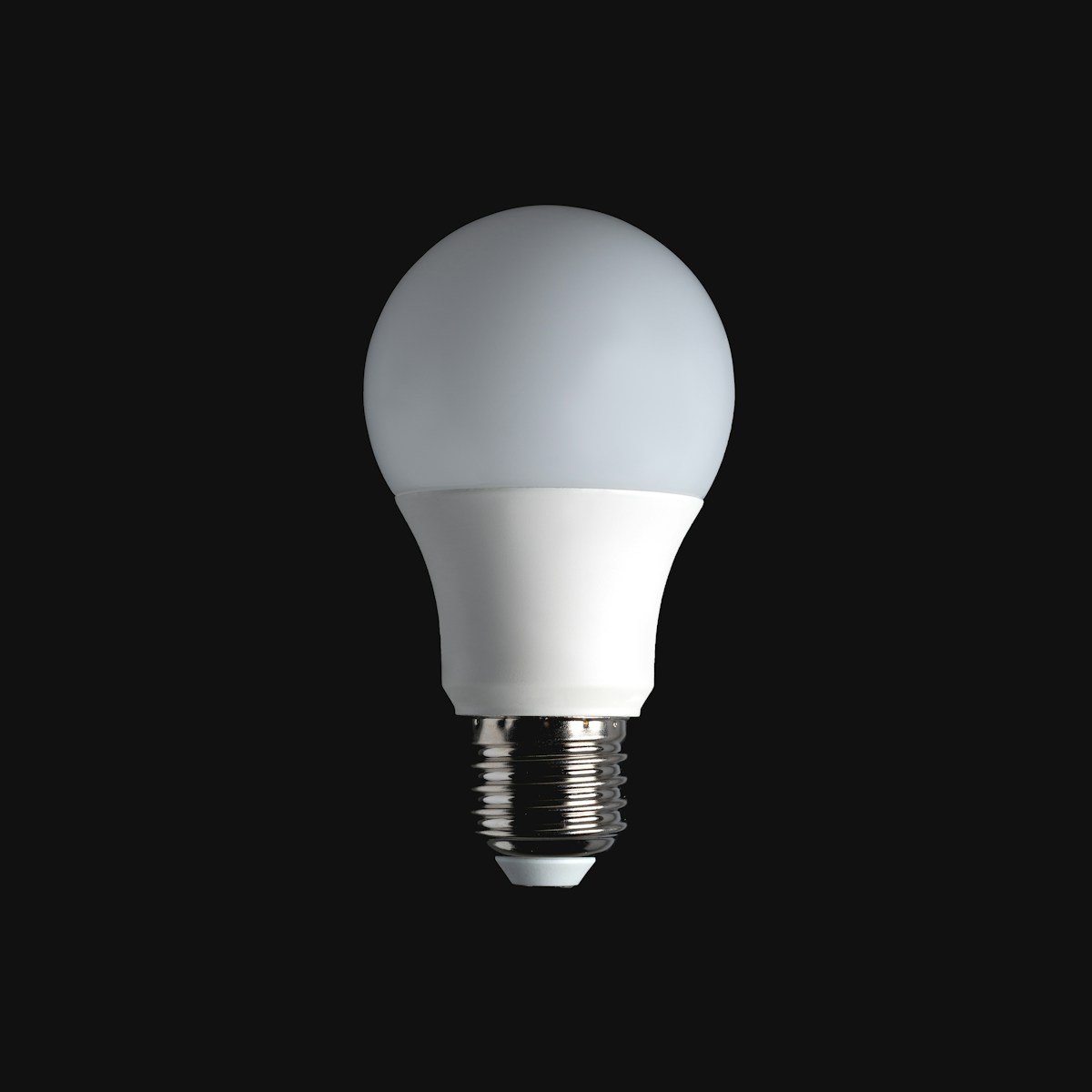Der Satz “100 Watt” wird in der Lichttechnik schon lange mit herkömmlichen Glühlampen in Verbindung gebracht. Aber da LED-Beleuchtung immer beliebter wird, wissen was 100 watts of LED light bulbs are now necessary for consumers to make educated decisions about their lighting choices. We’ll examine the meaning of 100 watts in relation to LED bulbs in this post, looking at their brightness, Effizienz, and effects on the environment.
First and foremost, while comparing different kinds of light bulbs, it’s important to understand that wattage by itself is not a trustworthy indicator of brightness. Wattage and brightness in conventional incandescent light bulbs are directly correlated since the light is produced by heating a filament till it glows. On the other hand, LED lights work on a completely different theory: they produce light by use of the motion of electrons within a semiconductor substance. For the same quantity of light produced, LED bulbs require a lot less electricity than incandescent bulbs.
What does 100 watts of LED illumination equate to then? Lumen, the brightness unit of measurement, hold the key to the solution. The lumen output of an incandescent bulb with 100 watts is approximately 1600, while an LED bulb needs far less power to generate the same amount of light. An LED bulb that replaces a 100-watt incandescent bulb typically uses only 15-20 watts while producing 1600–18,000 lumens of light. This considerable decrease in power usage illustrates how much more energy-efficient LED technology is.
Furthermore, variables like color temperature and beam angle can affect how bright an LED bulb is. The color temperature of a light bulb is expressed in Kelvin (K), which controls how warm or cool it is. There are several color temperatures for LED bulbs, ranging from warm white (2700K–3000K) to cool white (5000K–6600K). Higher color temperatures create a cooler, more energizing light similar to daylight, while lower color temperatures produce a warmer, more calming light similar to standard incandescent bulbs.
Furthermore, an LED bulb’s beam angle has an impact on how light is distributed. For spot lighting or highlighting certain regions, a narrow beam angle is perfect since it concentrates light in a single direction. Wider beam angles, on the other hand, distribute light over a larger area and are more suited for general lighting in areas like living rooms or kitchens. Depending on their illumination requirements, consumers can select LED bulbs with beam angles ranging from wide floodlights (über 100 Grad) to small spotlights (15 degrees or less).
The switch to LED lighting has many advantages over traditional lighting, such as longevity and environmental sustainability, in addition to brightness and energy economy. Compared to incandescent bulbs, LED bulbs have an incredibly long lifespan—up to 25,000 hours or more. Over time, this lifespan results in fewer replacements, which saves money and resources. Additionally, because LED technology uses less energy, generates less heat, and doesn’t include any dangerous compounds like mercury, which is present in compact fluorescent lights (Kompaktleuchtstofflampen), it is environmentally benign.
To sum up, the introduction of LED light bulbs that are comparable to 100 watts has revolutionized lighting technology by providing consumers with increased sustainability, variety, und Effizienz. The link between wattage, Lumen, color temperature, and beam angle can help people choose LED bulbs for their homes and businesses in an informed manner. We are getting closer to a brighter, more energy-efficient future as we continue to embrace the advantages of LED lighting.
